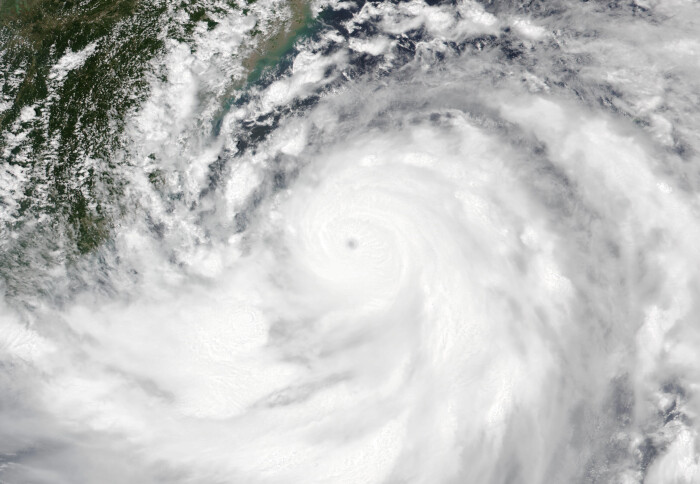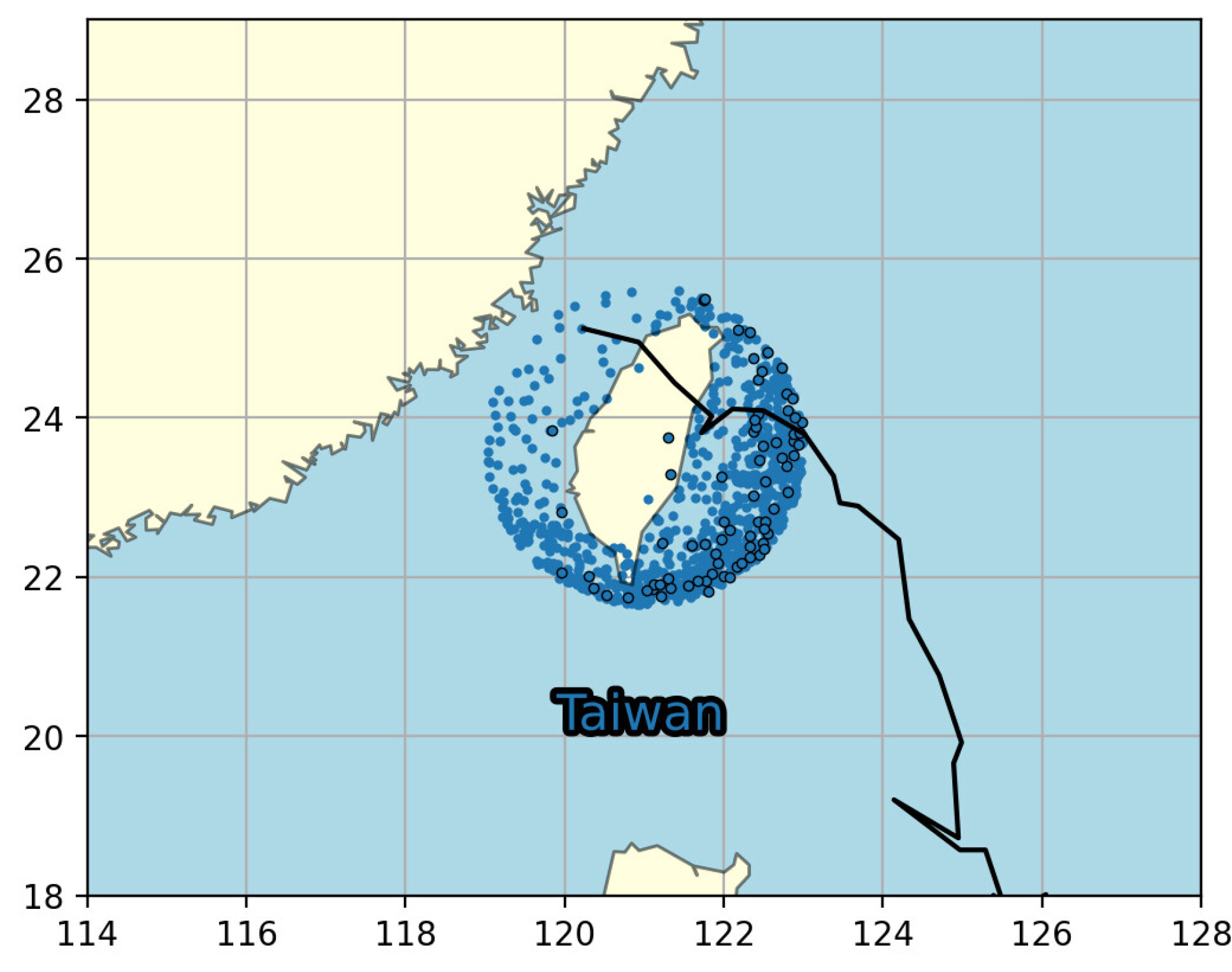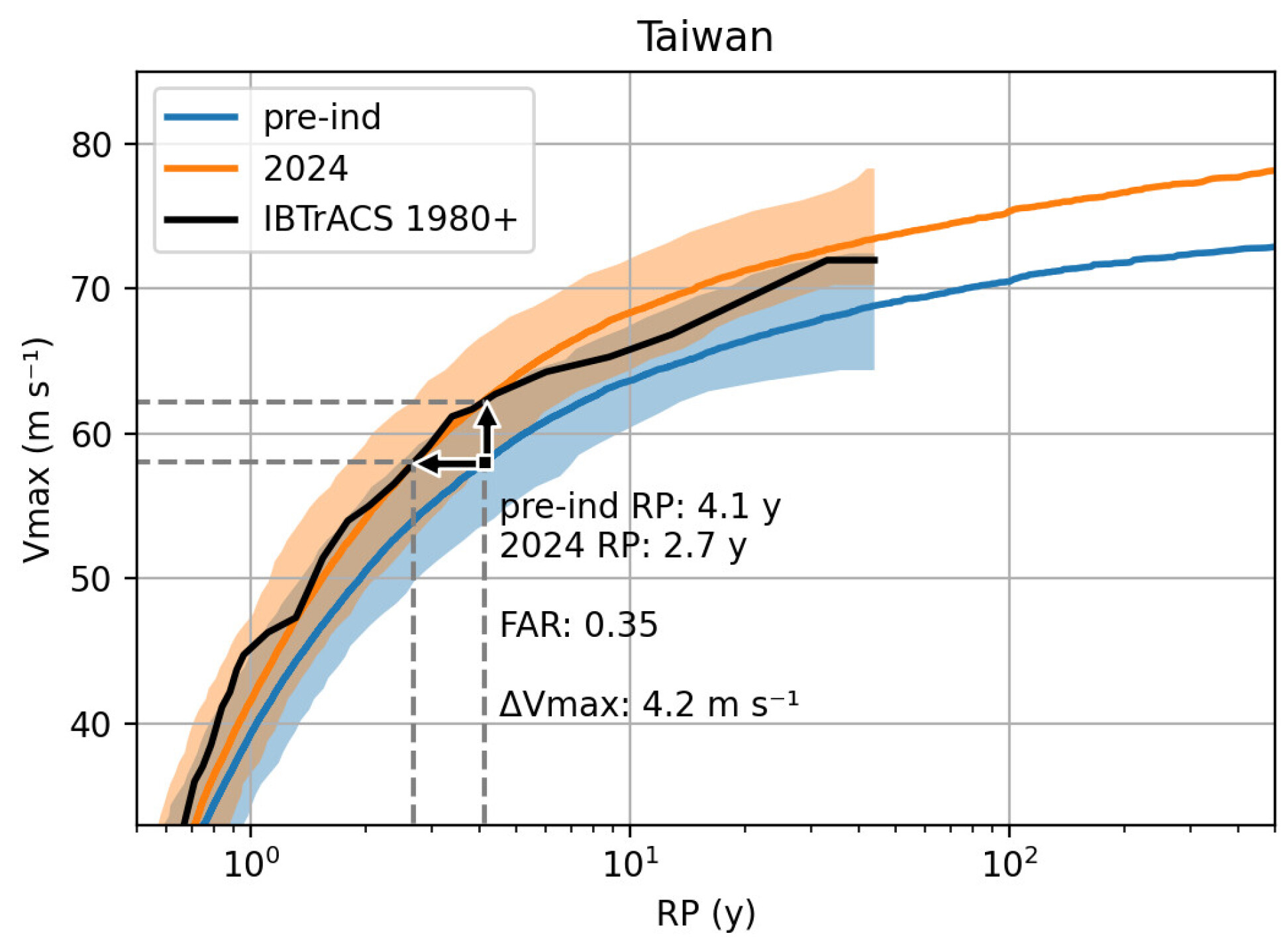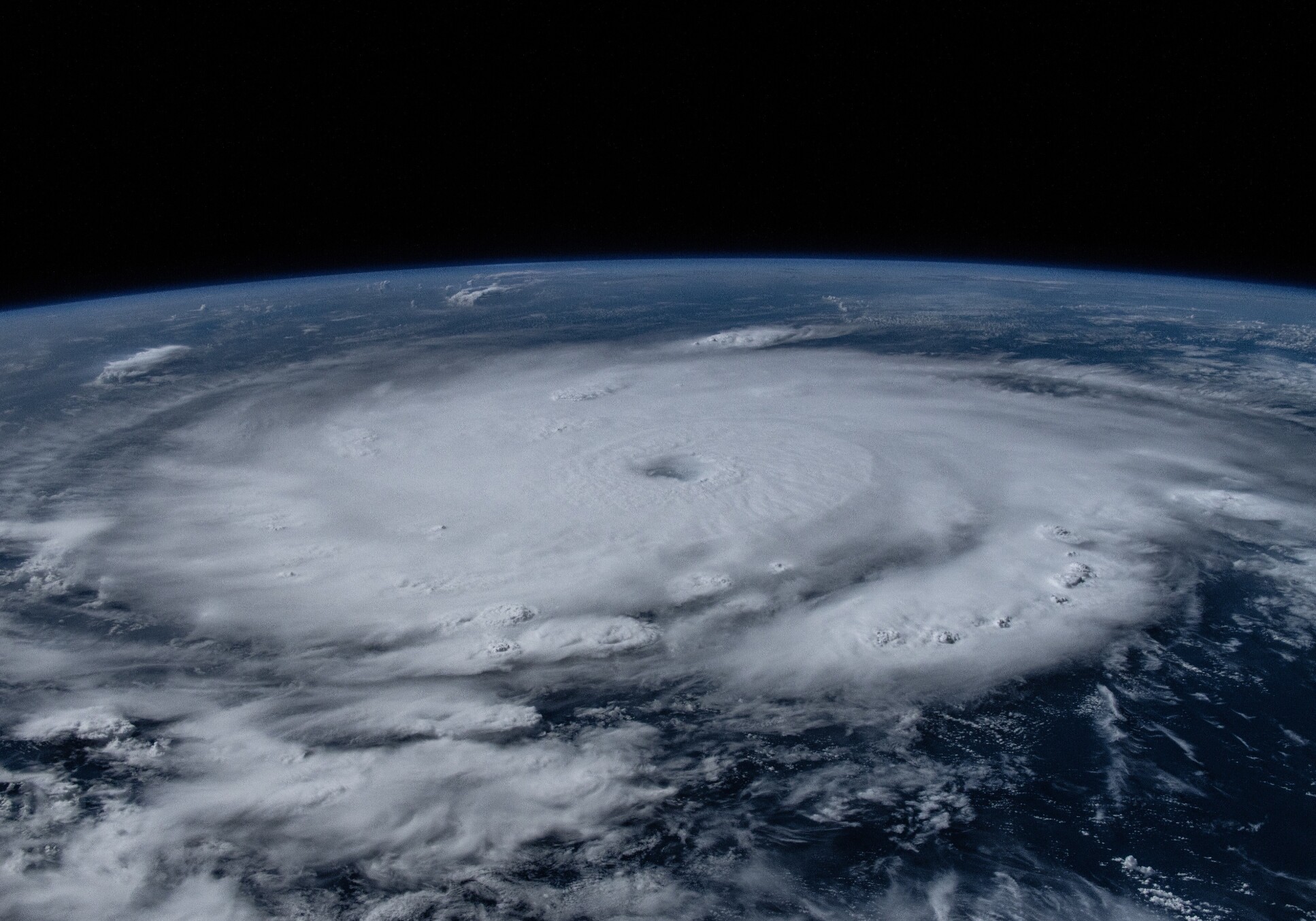
Typhoon Gaemi just before making landfall in Taiwan on July 24. Image by the NOAA-20 Satellite.

Typhoon Gaemi’s devastating winds that killed three people in Taiwan on Wednesday were 50% more likely due to climate change, an analysis has found.
The attribution analysis is the second to be published by the Imperial College Storm Model (IRIS), an innovative project that investigates the relationship between climate change and extreme storm winds
Professor Ralf Toumi, Director of the Grantham Institute - Climate Change and the Environment at Imperial College London, and a co-founder of IRIS, said:
“Our study has uncovered the fingerprints of climate change on Typhoon Gaemi’s extreme winds that killed three people in Taiwan and injured dozens.
“If humans didn’t warm the planet with fossil fuel emissions, Gaemi would have been less likely and less destructive."
Typhoon Gaemi left a trail of destruction through the Philippines, Taiwan and China this week. Its winds reached 141 mph just before it hit Taiwan on Wednesday night, making it equivalent to a category 4 hurricane.
Gaemi made a prolonged landfall in Taiwan, subjecting the island to hours of heavy rain and extreme wind that killed three people and injured more than 260. Stormy seas sank a cargo ship off Taiwan and an oil tanker off the Philippines carrying 1.4 million litres of oil.
Before slamming into Taiwan, Gaemi dumped a massive amount of rain on the Philippines, causing floods that have killed at least 22 people and displaced more than 600,000.
The typhoon has made landfall in China and despite weakening, it continues to unleash devastating rainfall as it moves inland.

Uncovering the finger prints of climate change
Attribution studies find out how climate change affects the intensity and likelihood of extreme weather events.
For example, a recent study by World Weather Attribution, a leading research group based at Imperial College London, found that a recent heatwave that killed 125 people in Mexico was made 35 times more likely and 1.4°C hotter due to climate change.
However, many climate models needed to conduct attribution studies struggle to simulate strong storm winds, meaning only a small number of attribution studies have investigated the influence of climate change on tropical cyclones, typhoons and hurricanes.
To overcome this problem, Imperial climate scientists Professor Ralf Toumi and Dr Nathan Sparks created IRIS, a database of millions of synthetic tropical cyclone tracks that are based on real-world storms.
The scientists can study these tracks to find out how climate change affects the most extreme storms, like Typhoon Gaemi.
The model is powered by Vodafone's Dreamlab, an app that uses idle smartphones to create a virtual supercomputer.
Dr Nathan Sparks, Research Associate at the Department of Physics, said:
“For decades, scientists have anticipated that the most devastating storms will become stronger and more likely with climate change.
“With the Imperial College Storm Model, we contribute to filling a significant gap in attribution research and help at-risk countries prepare for strengthening tropical cyclones, typhoons and hurricanes.”

Hurricane Beryl
The first IRIS attribution study focused on Hurricane Beryl, a devastating storm that ripped through the Caribbean, Yucatan Peninsula and US earlier this month.
On July 2, Beryl’s wind speeds reached 165 mph, making it the earliest-forming category 5 Atlantic hurricane on record.
Jamaica experienced severe damages from Beryl. The hurricane reached the island on July 3 as a Category 4 storm. Strong winds up to 130 mph, storm surges and heavy rainfall killed four people and destroyed homes, medical facilities and plantations.

Human-caused climate change nearly doubled the likelihood of Hurricane Beryl’s extreme winds when it reached Jamaica, the IRIS analysis found.
Professor Ralf Toumi, Director of the Grantham Institute - Climate Change and the Environment, Imperial College London, said:
“With warm sea temperatures in the Pacific and Atlantic Oceans, it is likely we will see more devastating storms like Typhoon Gaemi and Hurricane Beryl in coming months.”
Friederike Otto, Co-founder of World Weather Attribution and a Senior Lecturer in Climate Science at Grantham Institute - Climate Change and the Environment, said:
“Attributing strong winds to climate change has been notoriously difficult, so IRIS is an important breakthrough.
“More studies like these, published in the immediate aftermath of typhoons, hurricanes and tropical cyclones are needed to help the world understand that climate change is already making life on earth more dangerous and more expensive.”
Supporters

Article text (excluding photos or graphics) © Imperial College London.
Photos and graphics subject to third party copyright used with permission or © Imperial College London.
Reporter
Sam Ezra Fraser-Baxter
The Grantham Institute for Climate Change



